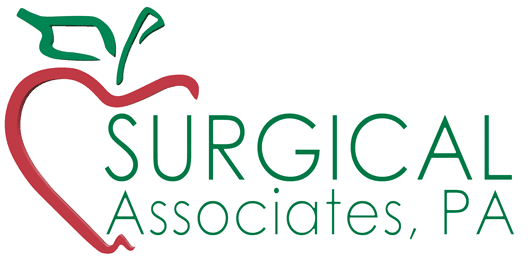If you’re checking your legs in the mirror, concerned about those gnarled, bulging veins that have recently appeared, you’re probably not alone. Varicose veins affect many people, inciting worries primarily due to their prominent and often unsightly appearances. They can cause discomfort, and in some cases, more severe complications.
- Varicose veins are enlarged veins, mainly appearing in the legs and feet, due to abnormal pressure exerted on these veins while standing or walking.
- They are usually bluish-purple or red in color, ropelike and twisted.
- While they most commonly cause cosmetic concern, they can also lead to discomfort or signify a higher risk of other circulatory problems.
So, Are They Dangerous?
Varicose veins are more than just a cosmetic nuisance. Left untreated, they can lead to severe health complications. Here are some potential dangers and primary impacts associated with varicose veins:
- 1. Leg Pain and Discomfort: This is one of the most common side effects of varicose veins. The discomfort can interfere with your daily activities and significantly affect your quality of life.
- 2. Bleeding: Even a minor injury to the area can cause the varicose vein to bleed. Due to the high pressure in these veins, the bleeding can be intense.
- 3. Deep Vein Thrombosis (DVT): Varicose veins can lead to the formation of deep vein blood clots, a condition known as Deep Vein Thrombosis. This is a serious condition that can result in life-threatening complications if the clot travels to the lungs.
- 4. Venous Ulcers: In some cases, varicose veins can lead to venous ulcers. These are painful, hard-to-heal sores on your legs.
- 5. Skin Changes and Dermatitis: Varicose veins can lead to skin changes, including thickening, discoloration, or inflammation. This can cause additional discomfort and impact your self-esteem.
Now you understand why it’s crucial to take varicose veins seriously. Fortunately, treatments are available to manage this condition and reduce the risk of complications.
Varicose Vein Treatment
It’s time we delve into the treatment options for your varicose veins, and depending on the severity of your condition, there are several approaches you might consider:
- Lifestyle Changes: Your first step is typically based on self-care. This means incorporating regular exercise into your routine, staying within a healthy weight range, and limiting prolonged periods of standing or sitting. Try wearing compression stockings – they could alleviate discomfort by aiding blood flow.
- Non-Surgical Procedures: If lifestyle adjustments don’t bring relief, you may want to explore non-surgical treatments such as sclerotherapy. In this process, a solution is injected into your veins, causing them to collapse and fade. Alternatively, you could investigate endovenous ablation therapy, where lasers or radio frequencies generate heat to shut down your troublesome veins.
- Surgical Procedures: More severe cases of varicose veins could warrant surgical intervention. This could involve a phlebectomy, where the veins are removed through small surgical incisions, or ligation and stripping, a more extensive operation where large veins are tied off and extracted. Remember though, surgery does come with risks and recovery periods that vary.
Remember, the best fit for you when it comes to treating your varicose veins depends on a range of factors – your overall health, the size and location of your varicose veins, and your own personal preferences. It’s crucial to engage with a healthcare professional like Surgical Associates before you decide which route to take.Contact us today to discuss the perfect varicose veins treatment options for you.

